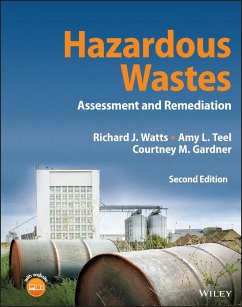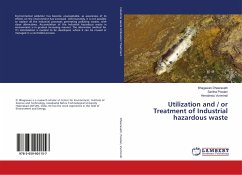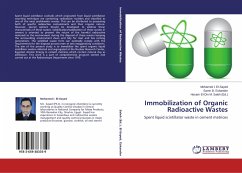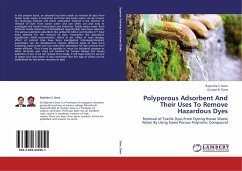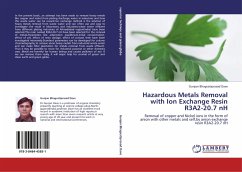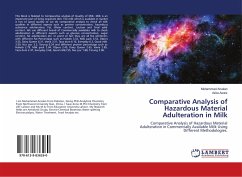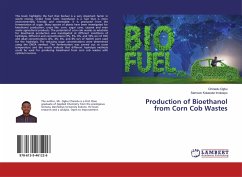
Treatment and Solidification of Hazardous Organic Wastes
Radioactive Cellulose-Based Wastes
Versandkostenfrei!
Versandfertig in 6-10 Tagen
39,99 €
inkl. MwSt.

PAYBACK Punkte
20 °P sammeln!
Cellulose-based wastes, e.g. protective clothes, cotton, filter paper, towel paper represented an important fraction of solid low and intermediate levels radioactive wastes, originated from peaceful applications of nuclear technologies, and comprise in some cases up to 40 % of their composition. Many of these wastes have been identified as "problematic" due to their organic nature as well as the radioactivity content. A current study explored a new method for treating and solidifying cellulose-based wastes. One of the most challenging problems facing mankind is the waste disposal due to the hi...
Cellulose-based wastes, e.g. protective clothes, cotton, filter paper, towel paper represented an important fraction of solid low and intermediate levels radioactive wastes, originated from peaceful applications of nuclear technologies, and comprise in some cases up to 40 % of their composition. Many of these wastes have been identified as "problematic" due to their organic nature as well as the radioactivity content. A current study explored a new method for treating and solidifying cellulose-based wastes. One of the most challenging problems facing mankind is the waste disposal due to the high production of wastes more than before, creating a huge environmental problem. The wet oxidative degradation technique was chosen for destruction and oxidation of these waste categories, using 35% hydrogen peroxide as an oxidant, before the encapsulation in a cement matrix. The slurry arising from wet oxidation was immobilized in Portland cement. Chemical, physical, mechanical and thermal characterizations of solidified waste forms were evaluated to fulfill the disposal environmental requirements. This work may introduce a solution for one of the most challenging solid radioactive wastes.




